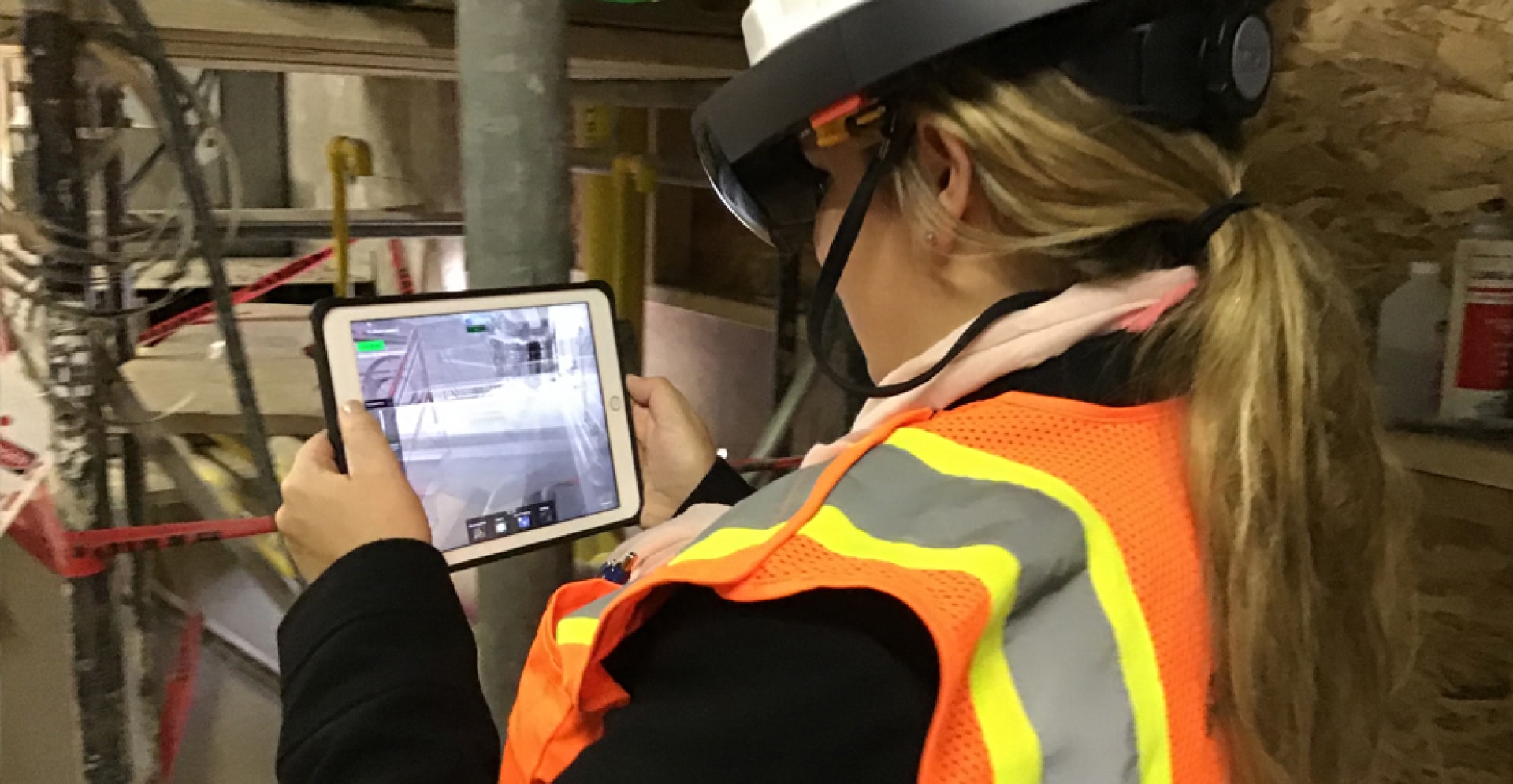How can teams delivering vital construction and infrastructure projects maintain continuity and navigate the restrictions designed to protect their health and safety – both now and into the future?
As many North American organizations contemplate a safe return to work, teams delivering vital construction and infrastructure projects have been asking a different question: How can they maintain continuity and navigate the restrictions designed to protect their health and safety – both now and into the future?
Between construction inspectors, health and safety professionals, equipment operators and other staff, a typical project site regularly consists of more than ten people and often requires multiple people to travel to the location. With social distancing guidelines and travel restrictions in place, immersive technology offers an unprecedented opportunity to reduce the number of people needed on-site and still complete high-quality work on time.
There are three digital capabilities that, when combined with specific project subject matter expertise, can be instrumental in helping keep our teams safe and our projects on time.
1) Remote conferencing with wearable technology and handheld devices - FaceTime is getting more use than ever, but did you know that similar videoconferencing technology on tablets or durable hands-free headsets can be used for safety walkthroughs, audits and more? With this technology, employees on-site can show safety coordinators and managers project developments in real-time. Remotely, those same safety coordinators and managers can add digital annotations to live video to recommend changes or implement improvements and share those mark ups with the employee on-site.
2) Real-time virtual and visual updates with 360 photos - While many people have used 360 photos to tour a home or share a scenic vista, this same technology can provide remote views into essential project sites as well. Using 360 photos, project managers can see the latest changes and compare them side-by-side with 3D models and digital plans. In addition to providing a convenient, remote source of verification, several platforms exist that can store crucial asset information within the photo. Just by clicking a generator or valve in the photo, anyone with access can see pertinent details that can enable quick changes and prevent rework.
3) Design review and site walkthroughs with augmented reality (AR) - If you can’t physically travel to a site for a walkthrough or share the latest recommendations for a new building with a client in person, augmented reality models can provide a remote alternative.
With AR, your team can overlay a 3D visualization with critical design information on the physical environment, supporting rapid assessment from both remote and on-site team members alike. This enables stakeholders to make critical changes to future plans, allows for detailed review of schematics and, most importantly, helps reduce the need for in-person meetings.
There are still many unknowns around the current pandemic. But in any environment, immersive technology can enhance employee safety and reduce the need to travel. Arcadis has years of experience leveraging these solutions to support our clients, and they can be key to delivering fast, high-quality results. If you have any questions about implementing immersive technologies at your organization, please reach out.






